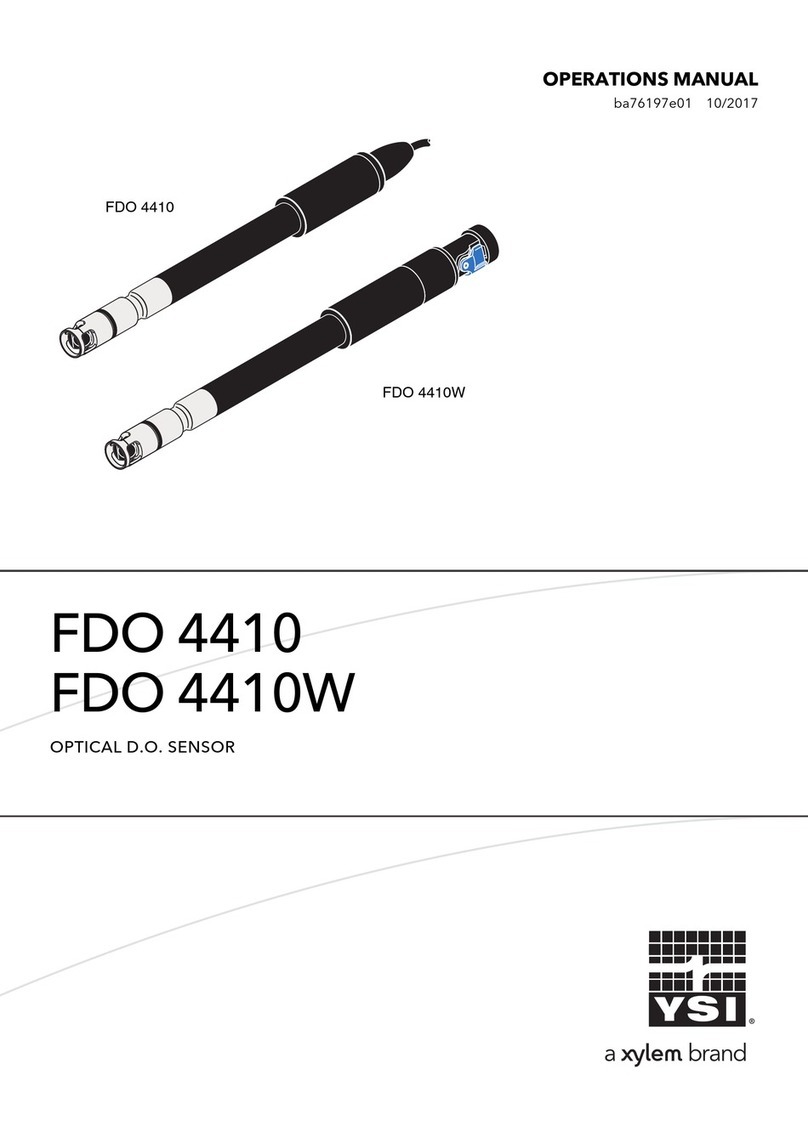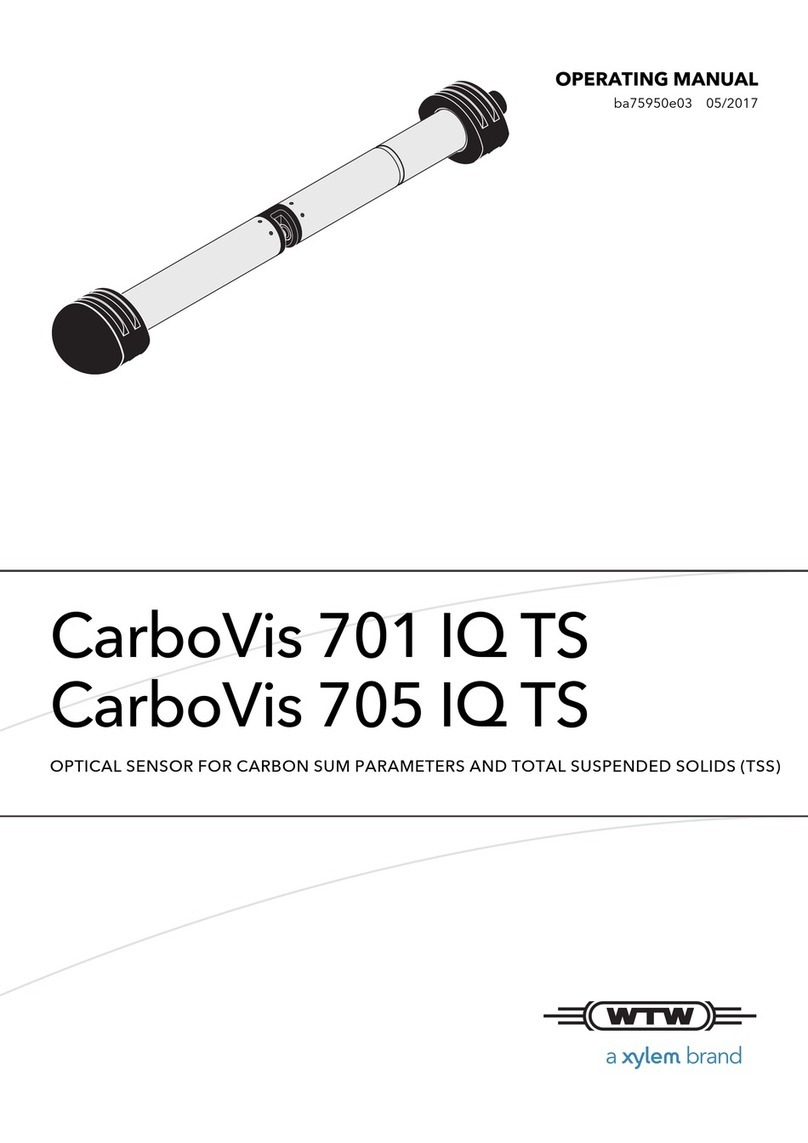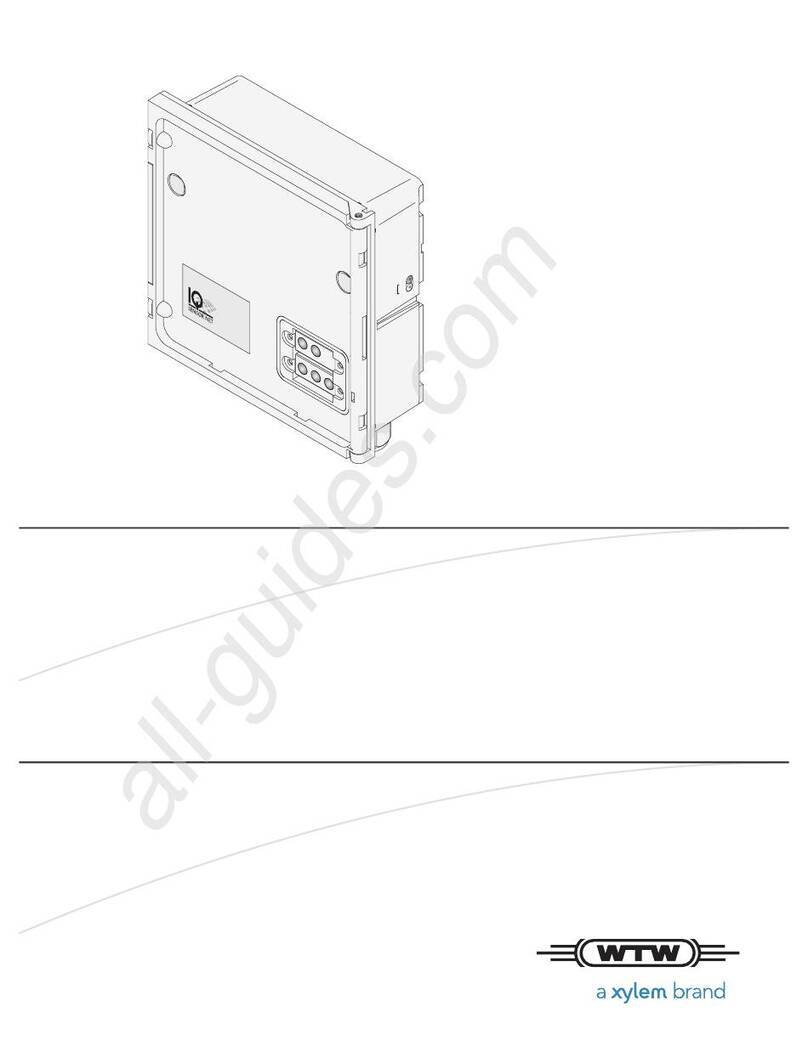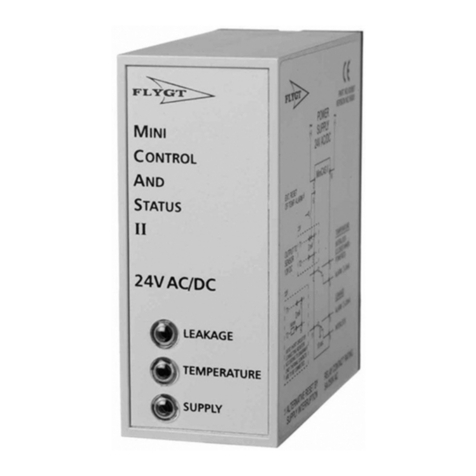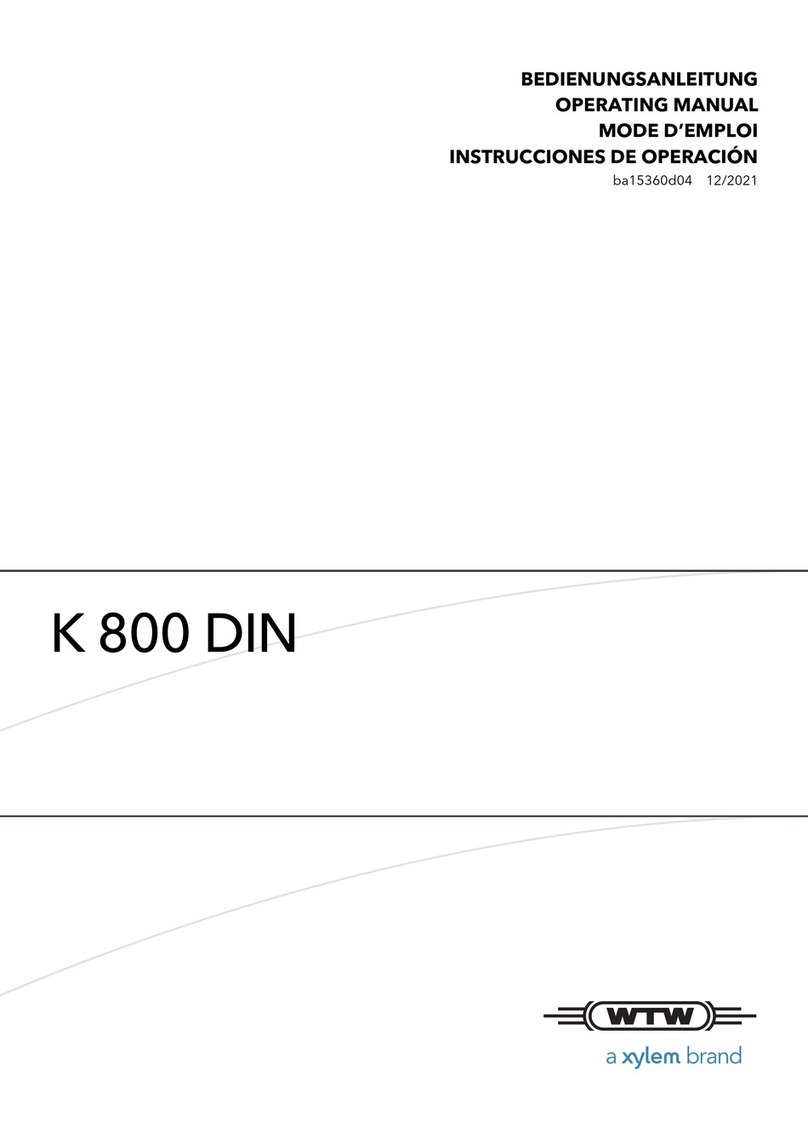
FCML 412 N(-S), FCML 412-M12 Contents
3
ba77197e02 01/2024
Contents
1Overview . . . . . . . . . . . . . . . . . . . . . . . . . . . . . . . . . . . . . .4
1.1 Structure . . . . . . . . . . . . . . . . . . . . . . . . . . . . . . . . . . . . . . 4
1.2 Electrical connection . . . . . . . . . . . . . . . . . . . . . . . . . . . . 5
2Safety . . . . . . . . . . . . . . . . . . . . . . . . . . . . . . . . . . . . . . . . .6
2.1 Safety information . . . . . . . . . . . . . . . . . . . . . . . . . . . . . . 6
2.1.1 Safety information in the operating manual . . . . . 6
2.1.2 Safety signs on the product . . . . . . . . . . . . . . . . . 6
2.1.3 Further documents providing safety information . 6
2.2 Safe operation . . . . . . . . . . . . . . . . . . . . . . . . . . . . . . . . . 7
2.2.1 Authorized use . . . . . . . . . . . . . . . . . . . . . . . . . . 7
2.2.2 Requirements for safe operation . . . . . . . . . . . . . 7
2.2.3 Unauthorized use . . . . . . . . . . . . . . . . . . . . . . . . 7
3Commissioning . . . . . . . . . . . . . . . . . . . . . . . . . . . . . . . . . .8
3.1 Scope of delivery . . . . . . . . . . . . . . . . . . . . . . . . . . . . . . . 8
3.2 Filling the membrane cap with electrolyte solution . . . . . . 8
3.3 Electrical connection . . . . . . . . . . . . . . . . . . . . . . . . . . . 10
3.4 Installation in the flow through vessel D-CL . . . . . . . . . . 10
3.5 Installation in the flow through vessel D 19 . . . . . . . . . . 11
4Measurement / Operation . . . . . . . . . . . . . . . . . . . . . . . .14
4.1 Run-in period . . . . . . . . . . . . . . . . . . . . . . . . . . . . . . . . . 14
4.2 Check of the sensor / analysis . . . . . . . . . . . . . . . . . . . . 14
4.3 Chlorine measurement with the FCML 412 . . . . . . . . . . 14
5Maintenance, cleaning, storage . . . . . . . . . . . . . . . . . . . .15
5.1 Cleaning the measurement electrode / exchanging the
membrane cap and electrolyte . . . . . . . . . . . . . . . . . . . . 15
5.2 Cleaning . . . . . . . . . . . . . . . . . . . . . . . . . . . . . . . . . . . . . 16
5.3 Storage . . . . . . . . . . . . . . . . . . . . . . . . . . . . . . . . . . . . . . 16
5.4 Maintenance equipment and replacement parts . . . . . . 17
6Disposal . . . . . . . . . . . . . . . . . . . . . . . . . . . . . . . . . . . . . .18
7Technical data . . . . . . . . . . . . . . . . . . . . . . . . . . . . . . . . .19
7.1 Measuring characteristics . . . . . . . . . . . . . . . . . . . . . . . 19
7.2 Application characteristics . . . . . . . . . . . . . . . . . . . . . . . 19
7.3 General data . . . . . . . . . . . . . . . . . . . . . . . . . . . . . . . . . 20
7.4 Electrical data . . . . . . . . . . . . . . . . . . . . . . . . . . . . . . . . . 21
